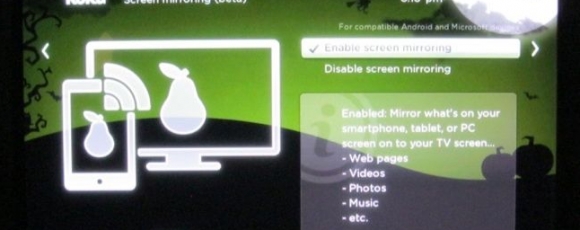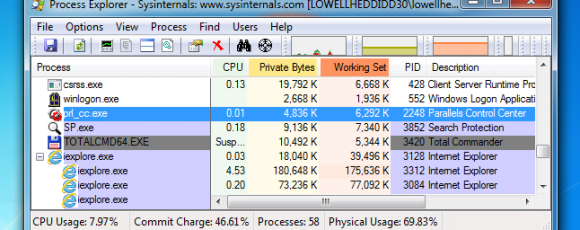you should just stick in a LiveCD disc, including Linux onto it, and leave the remaining apparatus. Although, some early trainings could have to take care of the pairing up of these two. Simply add the LiveCD disc as the installer will take good care of all hard things, and give time to your own Computer. Before experimenting together with your device, make sure that you have already backed up the whole information if something happens to the apparatus as back-up should be there. Use temporary hard disk drive, cloud USB storage devices, as well as storage choices to safeguard your important information after which roll up the things that can help you in the dualboot procedure.!
What all you will have to set up a dual boot style?
The set of necessities is very brief, but ensure that you’ve got all of those before you get started:
1. An Intel Mac, presently running some OS X 10.5 ‘Leopard’ or higher, which will be having double-using system from now onwards. Do not stress, along with the other one, you will have your OS X after the end of this procedure.
2. A certified copy of Ubuntu Linux OS burned to CD. Make an effort to get a latest variant of Linux and check out the support pages of Ubuntu to recognize the one rightful compatible with your Mac version that is installed. No matter your Computer hardware settings, move back to older releases after, as long as you encounter issues using the most recent variation and it’s definitely advised to try the most recent version.
3. The rEFIt boot supervisor, a visually sleek (believe BURG) boot-interrupter, to install dual boot system in your Apple’s apparatus.
Do you know the steps to set up and dual boot
Linux on a Mac?
Macs use the EFI (Extensible Firmware Interface) bootloader and Linux uses BIOS (Basic Input Output System), thus, you will have to install rEFIt in your apparatus to allow it to be a dual boot machine. Installing this software provides a boot menu for choosing a user may make a selection that with which OS he really needs to go with as well as OS’s found on various partitions. With latest changes, OSes will be automatically detected by rEFIt on any connected partitions, including bootable flash drives. Follow the below mentioned measures to dual boot your Linux on Mac:
Step1: Install rEFIt
An average PC functions nicely with all the GRUB bootloader as it can be readily used to present dual boot choices, nevertheless, Intel Mac users will require to set up rEFIt to execute the exact same procedure. This software is often called a boot-interrupter that allows you to boot between OS X and your Linux distribution(s), dependant on the demands of a user and jobs. To install rEFIt, follow these steps:
A. Download the rEFIt-0.14.dmg disk image and ‘mount’ it on your Mac PC by double clicking on it
B. Double click on the ‘rEFIt.mpkg’ bundle, found inside the ‘rEFIt’ folder while getting it from Finder
C. Now, immediately follow the directions of the setup window and choose ‘your Mac OS X setup volume as the destination volume,’ when asked
D. Once done, you will be able to see the rEFIt boot menu on your next restart
Step2. Resize your OS X
As you may have many important files, docs, pictures, videos, as well as other useful information in your apparatus, another thing to do will be to
make some space for the Ubuntu install. To do exactly the same, open ‘Disk Utility’ in OS X > Select the primary hard disk in the left side > ‘Partition’ tab. !
Click the ‘+’ sign situated in the base of the the hard disk window to generate a fresh partition. Also, the software also lets you define a partition size in the size carton. For performing the Format function, select the ‘Free Space’ choice and click to the ‘Use’ button.
Step3. Reboot using a LiveCD
After all all these things are done, then you are all set to turn your device into a dual boot machine. Attempt to reboot and you should just pop your LiveCD to the disk drive. Press the ‘C’ key in your keyboard to boot from your Live CD, only when you listen to the beginning ‘chimes’ sound.
Step4: Install Linux for your created partition
IMac users is going to have for installing Ubuntu on their apparatus to connect a wired keyboard and mouse. Ensure that you simply just install Ubuntu in the complimentary space partition that you have created in the earlier measures.
Just as, these devices is going to have the ability to set up Ubuntu, it might prompt one to that the space that is free is not enough for the install. You need to check the size or, select the ‘Advanced’ option in the partition display to correct the partition size.
A user is likely to have to pick ‘free space’ and pick the ‘EXT4’ file system, when requested by the window. Before choosing anything, ensure the mount point needs to be set as ‘/’.
Once you are in the partition editor of the LiveCD, the entire





